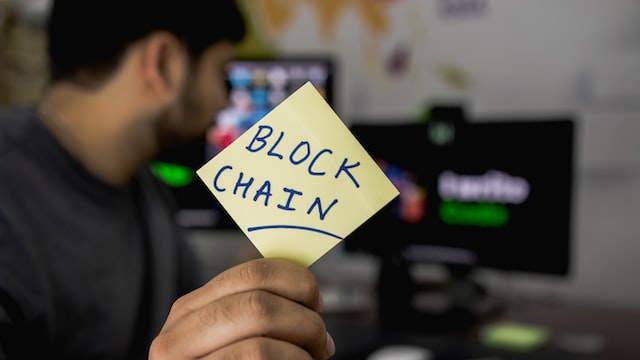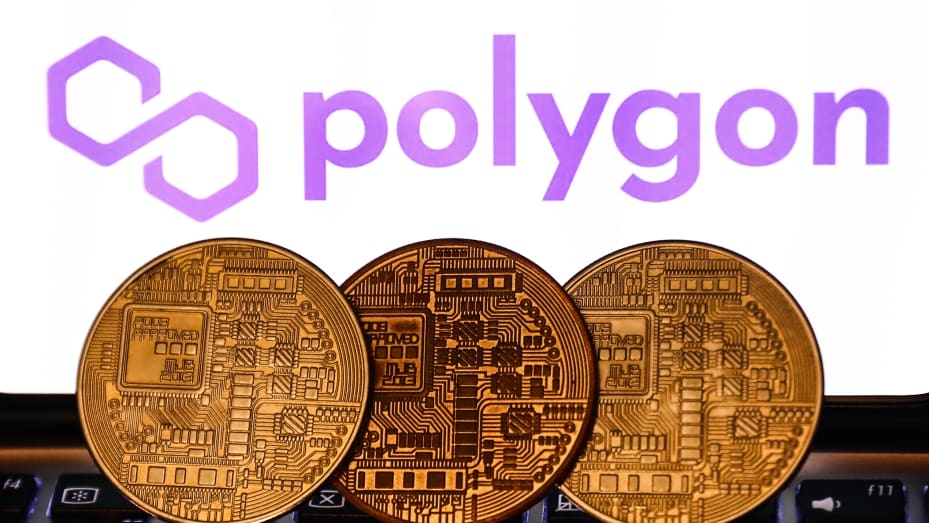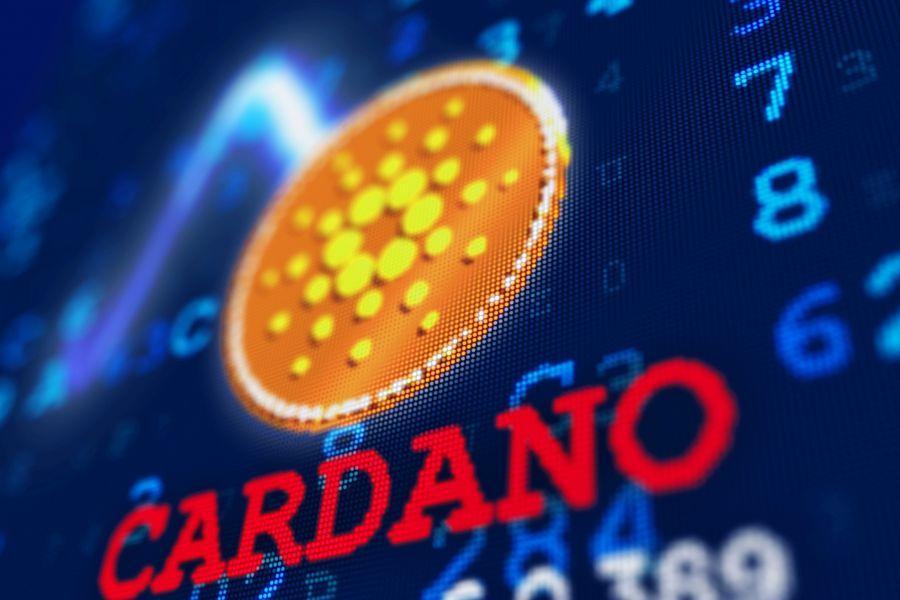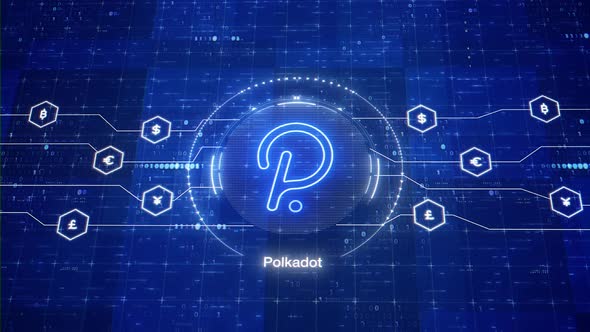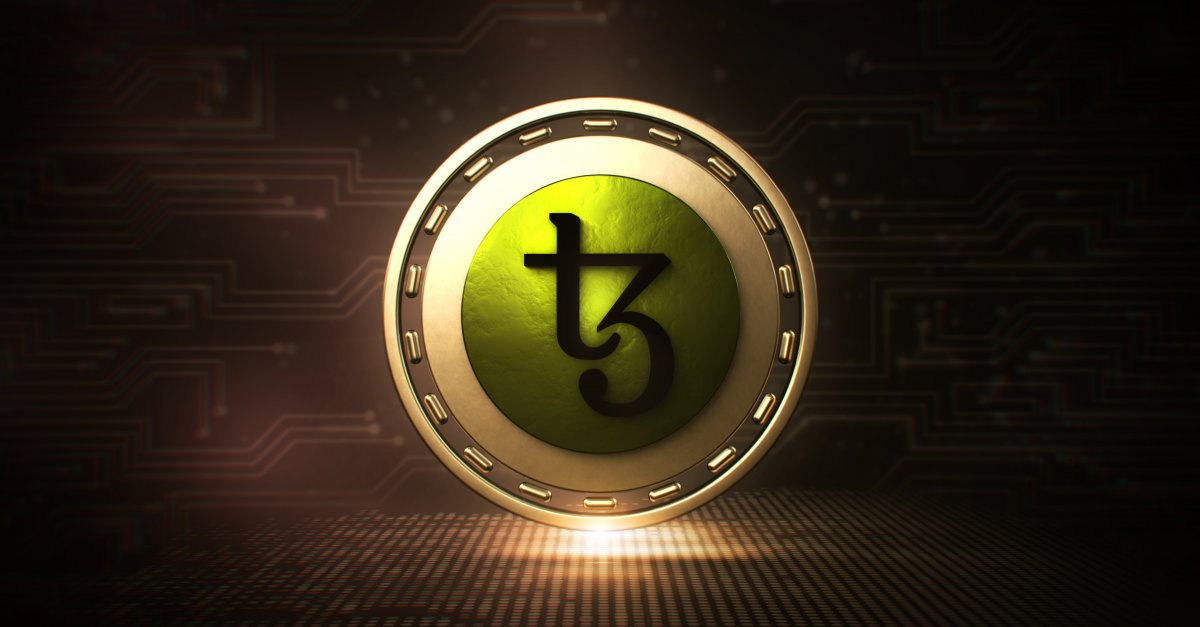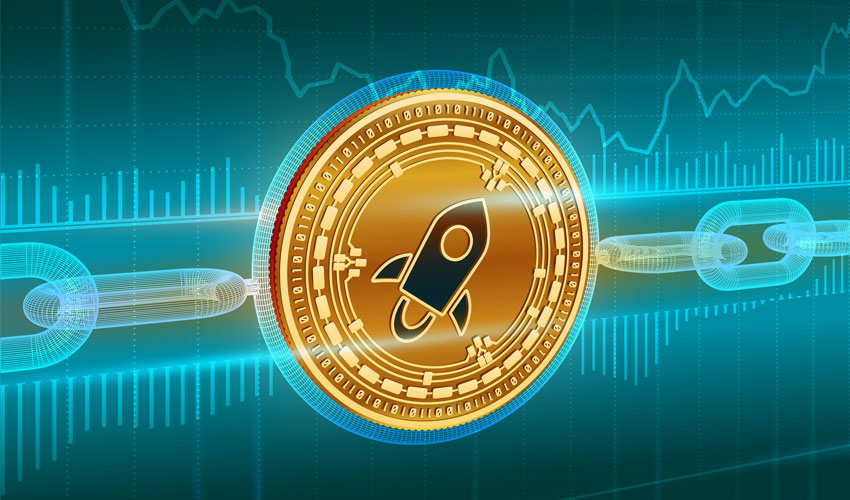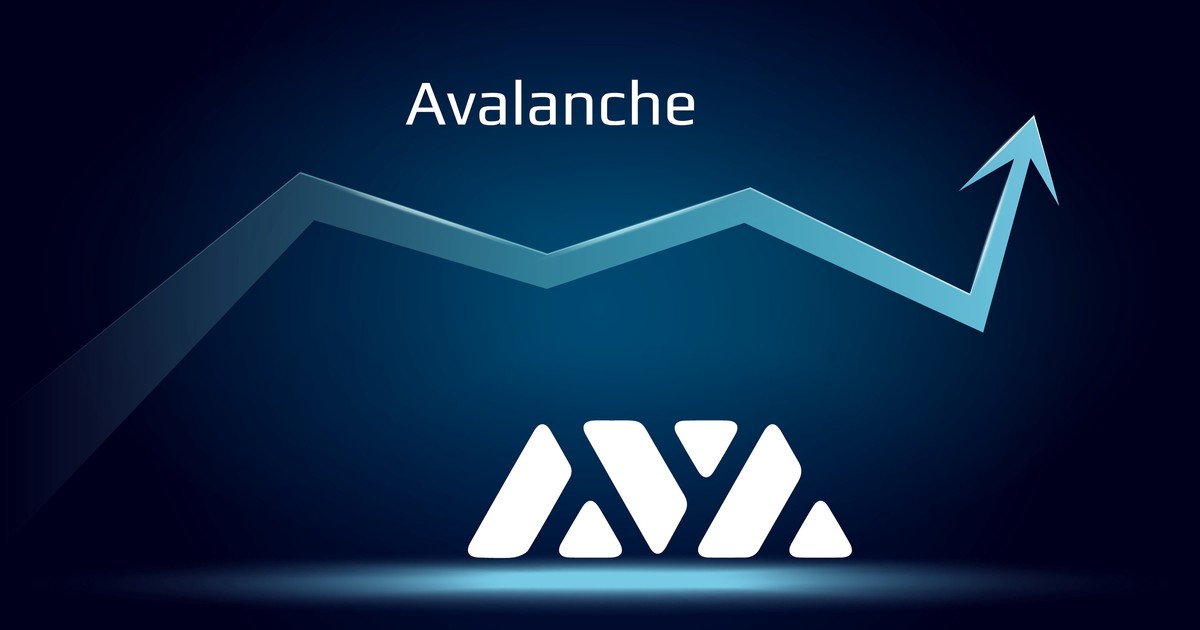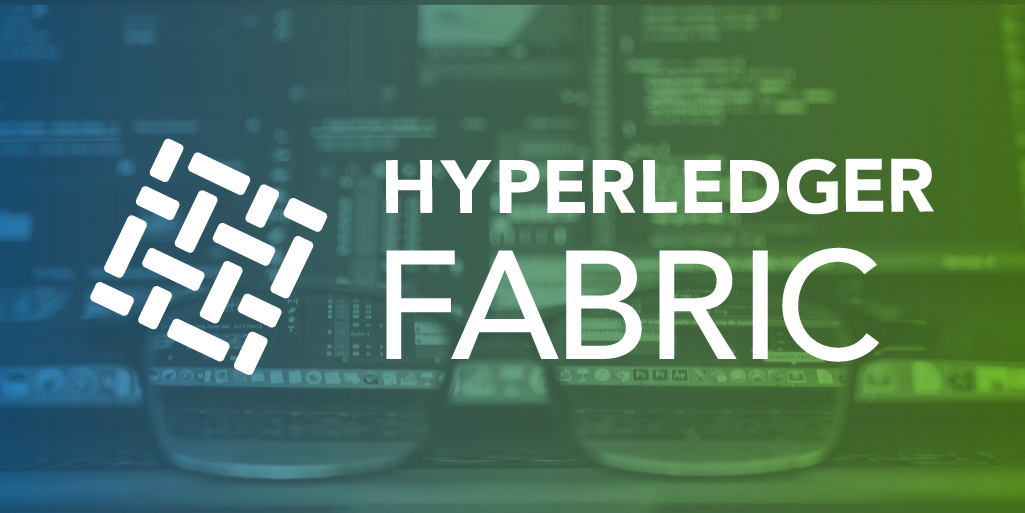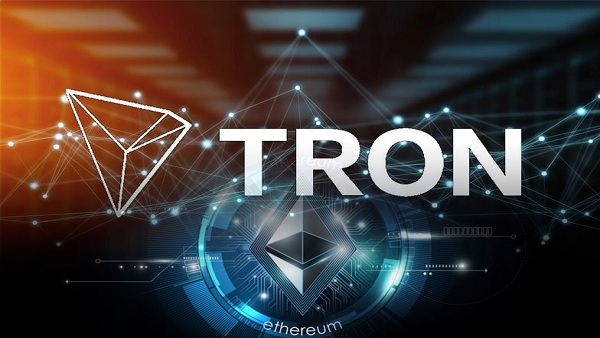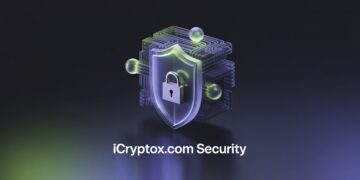Blockchain platforms facilitate the creation of blockchain-based applications. Either they have an authorization, or they don’t. Blockchain frameworks have been developed by companies like Ethereum, Hyperledger, R3, Ripple, and EOS, enabling individuals to create and host applications on the blockchain.
Every blockchain platform encounters a variety of difficulties, including those related to speed and energy usage. Choosing the one that offers real value for your business’s purposes and applications becomes crucial.
If you’re still wondering what these blockchain platforms are, why they’re so popular, and how to choose the best development platform to get your feet wet in the crypto world, here’s your answer.
It can be challenging to choose the perfect blockchain for you because different blockchain platforms each provide something different from the others, whether it be transaction speed or gas fee. The Top 10 blockchain platforms, which provide better security, scalability, and efficiency, are included in the list below.
Features:
Blockchain technology has four main characteristics:0
- Decentralization or Public Distributed Ledger
- Hashing Encryption
- Work or transparency evidence
- Miners
Pros:
- Decentralized Trust
- Minimal Operating Cost
- There is no one point of failure
- Increased Security And Privacy
- Speedy Transactions
- Lowers Fraud
Cons:
- Scalability
- Protection
- Cost
- Competitivity
- Speed
Top 10 Blockchain Platforms
1. Polygon:
Polygon, which operates on the Ethereum blockchain and connects other blockchain-based initiatives, has emerged as the most popular blockchain platform. It is a layer-2 solution that has gained popularity for its benefits to blockchain projects’ flexibility, scalability, and sovereignty.
Polygon has unrivaled security and interoperability while still offering structural advantages of the Ethereum blockchain. Its token, MATIC, is an ERC-20 token, making it compatible with other cryptocurrencies built on the Ethereum blockchain.
Its quick transaction processing times place it on the list of top blockchain systems. The average processing time for a block in Polygon is 2.1 seconds, with a typical transaction fee of about $0.01.
Polygon can deploy current blockchain networks and operates on the proof-of-stake protocol. Additionally, it may create unique blockchains and assist other blockchain platforms in integrating Ethereum.
For those looking to implement their project on a safe, helpful, and affordable blockchain, Polygon is the best blockchain platform currently accessible for various reasons.
2. Cardano:
Since Charles Hoskinson, an Ethereum co-founder, developed Cardano, it has several characteristics in common with Ethereum. As a result, they are competing with one another to be the most powerful blockchain platform in 2023.
The first blockchain platform to implement a PoS technique is Cardano. Anyone could create and use their smart contract with the recent Alonzo hard fork upgrade.
Cardano is focused on making it easy for developers to build scalable and dependable Cardano-powered applications while also allowing transactions in its native cryptocurrency, known as ADA. Due to the Alonzo Hard Fork, Cardano may now execute intelligent contracts, allowing programmers to design decentralized applications (DApps).
3. Polkadot:
No other blockchain platform, like Bitcoin or Ethereum, can compare to Polkadot’s unique abilities. With the help of the decentralized Polkadot protocol, value and data can be exchanged directly between unrelated blockchains. Thanks to a mechanism known as para chains that uses numerous parallel blockchains, it is also designed to be scalable and quick. It diverts a sizable portion of the processing load off the primary blockchain through para chains.
The Polkadot network can therefore process more than 1,000 transactions per second. As the network expands and more para chains are added, Polkadot should get faster and faster, reaching a million transactions per second. This cutting-edge blockchain platform appeals to developers since it offers rising speed in line with future expansion.
In addition to being a decentralized system, Polkadot is also a coin. Within the Polkadot network, the Polkadot coin (DOT) has two primary uses: a governance token and a staking tool. To protect the network, validate transactions, and generate and distribute additional DOT, Polkadot uses a proof-of-stake system.
4. Ethereum:
Ethereum is more than simply a blockchain; it’s a platform that powers various decentralized applications (DApps) and standalone blockchains. Thanks to its adaptability, it is the most powerful blockchain platform in the cryptocurrency market.
The first decentralized blockchain platform to incorporate intelligent contracts capability to guarantee dependable operations is Ethereum, which was introduced in 2013. Its token Ether (ETH), now has the second-biggest market cap among cryptocurrencies and the largest market cap among Proof-of-Stake (PoS) cryptocurrencies. Ethereum is anticipated to process more transactions, reduce bottlenecks, and ultimately emerge as the finest blockchain platform thanks to the successful merge update that switched Ethereum from PoW to PoS. In addition, it supports several other token standards, including ERC-20 for DeFi apps, ERC-721 and ERC-1155 for NFT projects, and ERC-777 for enhanced functionality.
It hosts more than 460,000 token contracts based on its ERC-20 token standard as the leading blockchain platform. Basic Attention Token (BAT), Tether (USDT), USD Coin (USDC), Chainlink (LINK), and Dai are a few of the most popular crypto tokens (DAI).
Ethereum provides NFTs with the most significant exposure to a sizable and future crypto market from all other blockchain platforms. Undoubtedly, since Ethereum is one of the oldest and most developed major blockchain systems, it is the platform of choice for many developers.
5. Tezos:
Peer-to-peer transactions can be carried out, and smart contracts can be used on the open-source, decentralized blockchain network called Tezos. Its network can support formal verification because of its modular architecture and formal upgrade mechanism.
Tezos, which Arthur and Kathleen Breitman founded, aims to provide the security and code accuracy required for high-value use cases and digital assets. It is a self-governing, decentralized blockchain network.Tezos is a smart contract and decentralized application (dApp) platform, similar to Ethereum, Waves, and Neo, although it differs from other platforms due to its self-amending cryptographic method.
6. Stellar:
The storage and transfer of money are both possible on the open blockchain network known as Stellar. It makes it easier for you to generate, exchange, and transmit digital versions of various types of currency, including dollars, bitcoin, pesos, and many more. To improve the transparency, scalability, and security of their services, over 69% of banks are now testing blockchain technology. One of the most effective and scalable blockchain systems, Stellar, may create safe and quick fintech applications, tokens, and digital assets that reflect financial assets.It is a free and open-source currency and payment network. If it has a proprietor at all, it is the general public. Every day, it can manage millions of transactions. Stellar relies on the blockchain, just like Ethereum and Bitcoin, to maintain network synchronization. Using a top-notch blockchain platform, you can create assets, engage in peer-to-peer token trading, and change money while transferring.
7. Binance Smart Chain (BNB):
A blockchain platform for smart contracts called Binance Smart Chain (BSC) was introduced at the end of August 2020. Binance Chain, which became life in April 2020 to facilitate decentralized commerce, was created to supplement BSC. The first blockchain from Binance is called the Binance chain. It is a separate blockchain that is developing a PoS consensus system. BSC lacks smart contracts and robust programmability even though it is designed for quick decentralized trade.
As a result, Binance Smart Chain (BSC), which functions in parallel with the traditional Binance Chain, was developed. BSC is compatible with the Ethereum Virtual Machine and offers intelligent contract functionality (EVM). It takes about 3 seconds to complete a transaction. Binance Chain’s and Binance Smart Chain’s native token is BNB. Validators can earn transaction fees and stake BNB. It stands out from other blockchain systems thanks to its meager transaction costs, quick transaction processing, and compatibility. In 2023, Binance Smart Chain will overtake other blockchains as the preferred blockchain platform because of its cross-chain compatibility features.
8. Avalanche (AVAX):
Through its Avalanche Consensus Protocol, the blockchain platform Avalanche combines scalability capabilities and rapid confirmation times. Its Proof-of-Stake (PoS) algorithm enables it to perform 4,500 transactions per second (TPS), significantly more than Ethereum’s 14 TPS. A utility coin that protects the network, AVAX is the native token. The Avalanche DeFi ecosystem’s medium of trade is AVAX. Simply put, the token serves as cash within the network and is often utilized for transaction fees, rewards, and other purposes.
Avalanche was developed to deal with many of the problems that most blockchain networks have. It becomes the ideal option for developers seeking an Ethereum alternative because of the breakneck processing speed and minimal gas charge.
9. Hyperledger Fabric:
The foundation for creating applications or solutions with a modular architecture is Hyperledger Fabric. It enables plug-and-play compatibility for components like consensus and membership services. Its numerous modular components and adaptable design suit various industrial use cases.The ability to create a network of networks is one of Hyperledger Fabric’s key characteristics. Although members of the Fabric network collaborate, they typically maintain separate ties within their networks since businesses often wish to keep some of their data private.
For instance, a buyer might deal with various sellers offering the same goods. The buyer-seller relationship should be confidential and hidden from all other sellers. Hyperledger Fabric’s “channels” functionality can make it possible.Fabric offers a safe and scalable platform that supports private contracts and transactions instead of an open and permissionless system.
10. Tron:
Tron is a decentralized blockchain platform that seeks to create a decentralized web. Like Ethereum, Tron enables app developers to build and use whole protocols using smart contracts. The Tron platform can process 2000 transactions per second as a large payment processor comparable to Paypal. There are no transaction costs. Tron’s blockchain is secured via the Delegated-Proof-of-Stake consensus process. Like a proof-of-stake consensus system, a DPoS enables users to stake their assets in a network wallet to generate passive income.
Conclusion:
According to Forrester, 30% of projects will be put into production globally by 2023. The figure illustrates how blockchain technology is becoming more developed and how there is a need for more durable blockchain platforms. Consult our blockchain specialists if you need help deciding which blockchain platform is best for your company. With our experience on the best platforms, we can also assist you in turning your blockchain project idea into a genuine product.

